Search Images
Browse Content (p. 215)
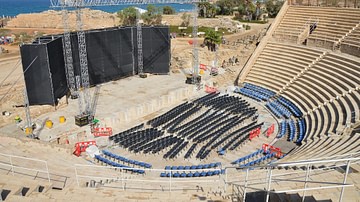
Image
Theater at Caesarea Maritima
Roman theatre, constructed by Herod the Great (r. 37-4 BCE) during the first stages of the city's development and renovated in the 2nd century CE, Caesarea, Israel.
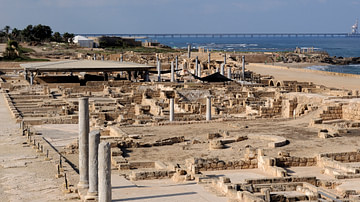
Image
Caesarea Maritima
Caesarea Maritima National Park, Israel.
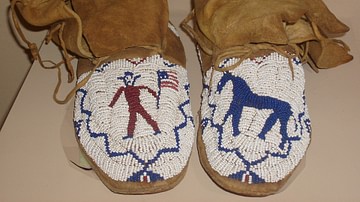
Image
Beaded Shoshone Moccasins
Beaded Shoshone Moccasins from the Wind River Reservation in Wyoming, USA, c. 1900.
Museum of Man, San Diego, California
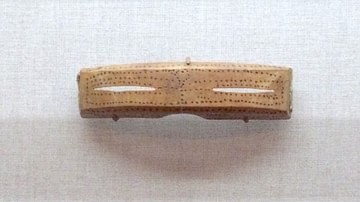
Image
Inuit Snow Goggles
Inuit snow goggles from Alaska – top pair made of wood c. 1880-1890, bottom pair made of Caribou antler c. 1000-1800.
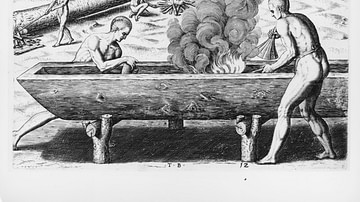
Image
Native Americans Make Dugout Canoe c. 1590
Image of Native Americans making a dugout canoe using seashell scrapers c. 1590, titled The Manner of Making Their Boates, engraving by Theodor de Bry, after a watercolor by John White.
John Carter Brown Library at Brown University.

Image
Oglala Sioux Girl in front of Tipi with Pet Dog
Oglala Sioux girl in front of a tipi, probably on Pine Ridge Reservation, with her pet puppy, photo by John C. H. Grabill, 1891.
Library of Congress, Prints and Photographs Division, Washington, D.C.
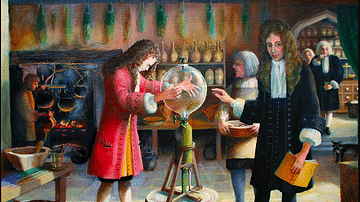
Image
Hooke & Boyle Air Pump Experiment
An illustration titled The Scientists by Rita Greer showing the scientists Robert Hooke (1635-1703) and Robert Boyle (1627-1691) conducting an experiment with an air pump.
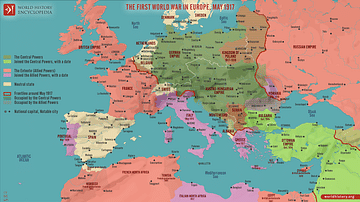
Image
The First World War in Europe, May 1917
A map illustrating the situation in Europe around May 1917, during the First World War (World War I or The Great War), as the conflict had already raged on for nearly three years. The United States had recently entered the war, beginning...

Image
Bigfoot
A model of Bigfoot who is a creature from the folklore of Plains Indians Nations as well as First Nations of modern-day Canada and others of the east coast of the modern USA. (Carol M. Highsmith Archive, Library of Congress, Prints and Photographs...
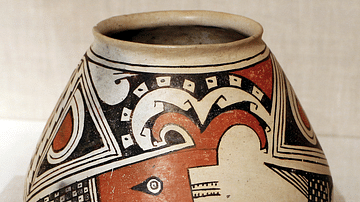
Image
Horned-Serpent Pottery Vessel
A pottery vessel decorated with a horned serpent. The serpent, horned serpent, and water serpent figure is common to the legends of all Native American Nations in North America. From the United States or Mexico, c. 1280 to c. 1450. (Art Institute...